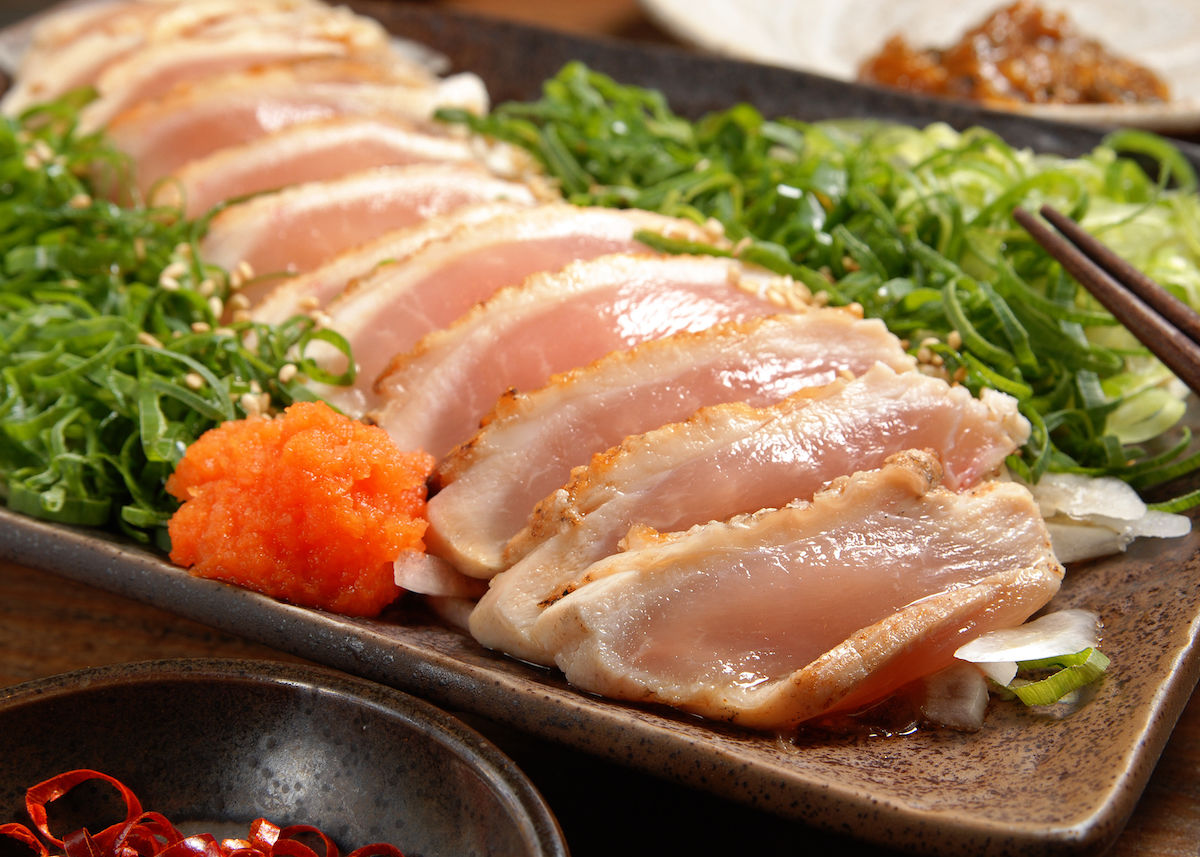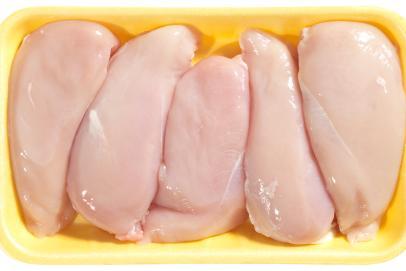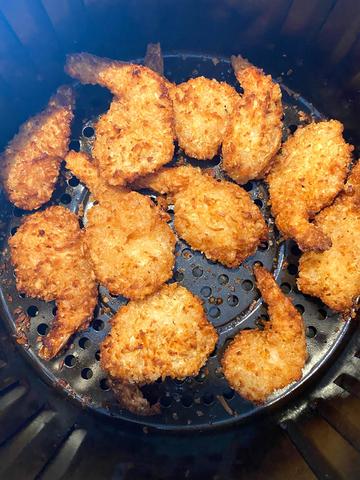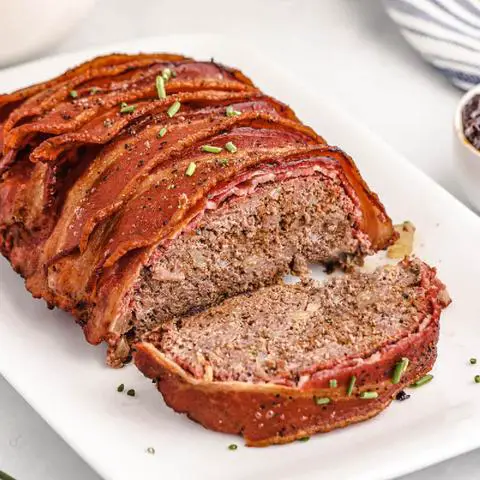
“Discover the Uncharted Flavors: Unveiling the Taste of Raw Chicken – A Delectable Exploration into the Palate of Poultry!”
What Does Undercooked Chicken Taste Like?
Undercooked chicken does not have a specific taste that can differentiate it from properly cooked chicken. Raw meat generally does not have a distinct flavor. However, the texture and appearance of undercooked chicken can give indications that it is not properly cooked. It may feel slimy or slick due to the extra juice that was not absorbed during cooking. The chicken may also be more jiggly than dense, indicating that it is undercooked.

It is important to note that consuming undercooked chicken can be unsafe and may lead to foodborne illnesses such as salmonella. Therefore, it is crucial to ensure that your chicken is cooked to the proper temperature before consuming it. While some restaurants may use methods to keep their chicken moist, it is still necessary to check for signs of undercooking.
How Will I Know If The Chicken I Ate Was Too Raw?

One of the main ways to determine if the chicken you ate was too raw is by examining its texture and appearance. Undercooked chicken will have a slick and slimy feel, as it contains extra juice that was not properly absorbed during the cooking process. It may also appear more jiggly than dense, indicating that it was not cooked thoroughly. These visual and tactile cues can be helpful in identifying undercooked chicken.
In addition to texture and appearance, there are other signs that can indicate whether the chicken you consumed was undercooked. One such sign is the taste or flavor of the chicken. Raw meat does not have a specific taste, so if you notice any unusual or unpleasant flavors when eating chicken, it could be an indication that it was not cooked properly.
Furthermore, if you experience any digestive issues such as stomach pain, nausea, or diarrhea after consuming chicken, it could be a sign of food poisoning caused by undercooked poultry. These symptoms usually occur within a few hours to a few days after consumption and should be taken seriously.
Related Questions

1. How can you tell if chicken is undercooked?
It can be difficult to visually determine if chicken is undercooked, but there are some signs to look out for. Undercooked chicken may have a pinkish color or a slimy texture. Additionally, if the chicken feels jiggly instead of firm, it is likely undercooked.
2. Can you eat undercooked chicken at a restaurant?
No, it is not safe to consume undercooked chicken anywhere, including restaurants. A recent study found that 40 percent of all cooked chicken at restaurants was undercooked, emphasizing the importance of checking the doneness of your chicken before eating it.
3. Do different cuts of chicken require different cooking times?
Yes, every cut of chicken varies slightly in the amount of time it takes to cook properly. Thicker cuts like legs and thighs will take longer to cook than smaller breast tenderloins and wings. It is important to adjust cooking times accordingly to ensure that each cut reaches the proper temperature for safe consumption.
Do Different Cuts of Chicken Vary in Their Cooking Time?
Yes, different cuts of chicken do vary in their cooking time. Thicker cuts of poultry, such as chicken legs and thighs, take longer to cook compared to smaller breast tenderloins and wings. This is because thicker cuts have more meat and require more time for the heat to penetrate through and cook the meat thoroughly. On the other hand, smaller cuts have less meat and can be cooked relatively faster.
Cooking time also depends on the cooking method used. For example, grilling or frying may require less cooking time compared to baking or roasting. The thickness, size, and weight of the chicken cut should be taken into consideration when determining the appropriate cooking time.
It is important to ensure that all cuts of chicken reach a safe internal temperature before consuming them. According to food safety guidelines, poultry should be cooked to an internal temperature of 165°F (74°C) to kill any harmful bacteria that may be present. Using a food thermometer can help ensure that the chicken is cooked to the proper temperature and avoid undercooking or overcooking.
Is It Okay To Slightly Undercook Chicken?
Undercooking chicken is not recommended and can pose serious health risks. Chicken, unlike other types of meat, cannot be undercooked at all. It is essential to cook chicken to the proper internal temperature to ensure that any harmful bacteria, such as Salmonella or Campylobacter, are destroyed. Eating undercooked chicken can lead to foodborne illnesses and can cause symptoms like nausea, diarrhea, abdominal pain, and in severe cases, even hospitalization.
Cooking chicken thoroughly is crucial because it kills any potential bacteria present in the meat. The internal temperature of chicken should reach 165°F (74°C) to ensure it is safe for consumption. This applies to all cuts of chicken, although thicker cuts like legs and thighs may require longer cooking times compared to smaller breast tenderloins or wings. It is important not to rely solely on visual cues or taste when determining if chicken is cooked properly; a meat thermometer should always be used to accurately measure the internal temperature.
In conclusion, raw chicken has a slimy texture and a mild, slightly gamey taste. However, consuming raw chicken poses serious health risks due to potential bacterial contamination. It is crucial to always cook chicken thoroughly to ensure food safety and prevent illnesses.
Learn More About Grilling
If you want to learn more about grilling, check out these other helpful resources!











